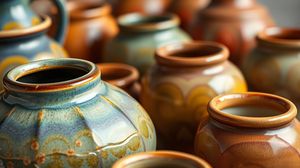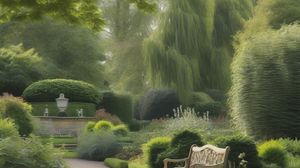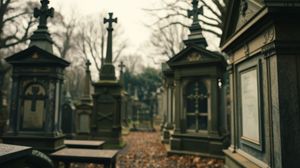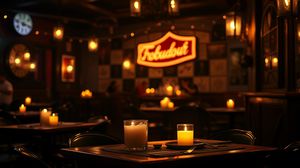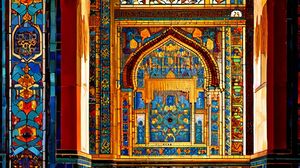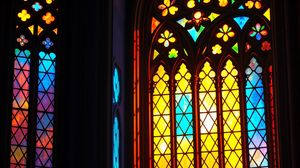
All Saints Church, Fulham, is one of the historic gems of London, offering a glimpse into the city's rich ecclesiastical heritage. Nestled in the picturesque Bishops Park, this beautiful parish church stands as a testament to Gothic architecture and has been a place of worship for centuries. The church's origins date back to the 15th century, although there has likely been a church on this spot since Saxon times, making it an enduring symbol of continuity in a rapidly changing urban landscape.
One of the intriguing features of All Saints Church is its striking tower, which soars above the tree-lined grounds. The tower was rebuilt in the 15th century and remains a focal point of the church's impressive façade. The distinctive architectural details draw the eyes upward, inviting visitors to reflect on the layers of history etched into its stones.
The church is renowned for its unique association with Fulham Palace, the former residence of the Bishops of London, which lies in close proximity. Historically, the Bishops would often be involved in the activities of the church, adding a layer of historical significance and societal influence to its narrative. This connection highlights the church's role in the spiritual and cultural life of the area.
Inside the church, visitors can discover a rich interior, complete with exquisite stained glass windows, finely crafted wooden pews, and an ancient font believed to date from the medieval period. The font serves as a reminder of the many generations christened within these walls, speaking to the enduring legacy of the church's community.
An interesting and less known aspect is the churchyard, which serves as a tranquil resting place and is the burial site of several notable figures. Among them is the grave of the well-known botanist and author William Curtis, who founded the Botanical Magazine in the 18th century, providing another layer of intrigue for history enthusiasts and botanists alike.
All Saints Church, Fulham, is not merely a place of worship but also a hub of community life, hosting concerts, events, and community activities. This vibrant role within the local community underscores its historical significance while continually evolving to meet the needs of its parishioners, making it an active participant in the ongoing story of Fulham.

Making the Most of Your Visit:
Make sure to take a moment to explore the church's historic interiors. The stained glass windows are stunning, especially when the sunlight filters through. Look for the window commemorating Bishop Compton, a notable church figure in the 17th century.
If you're a fan of history, take a stroll around the churchyard where you can find the grave of botanist William Curtis. It's a peaceful spot and provides an intriguing slice of London's botanical history.
Check out the church's events schedule before you go. All Saints often hosts concerts and community events that allow you to experience a different side of this historic church, frequently bringing the community together in a beautiful setting.
After visiting the church, take a leisurely walk through Bishops Park. The proximity and historical connection to Fulham Palace make it a great way to extend your exploration of Fulham's rich history and enjoy some riverside views.
Look closely at the exterior architecture, especially the 15th-century tower. If you're an architecture enthusiast, you'll appreciate the Gothic elements that have withstood the test of time.

Visiting Times & Costs:
All Saints Church, Fulham, is open to the public, allowing visitors to explore its historic interiors and picturesque churchyard. The church is typically open during the day, from morning to late afternoon, though exact times can vary, especially during religious services or special events.
There is no entrance fee to visit All Saints Church, making it an accessible destination for all. However, donations are appreciated to help with the upkeep and preservation of this historic site.
For accessibility, the church aims to accommodate all visitors, but there may be some limitations due to the age and design of the building. It is advisable for visitors with specific accessibility needs to contact the church directly for the latest information and assistance available on-site.
Please note that the hours of operation may fluctuate during holiday periods or special events. It is recommended to check in advance if planning a visit at these times.

Address & Map:

Nearby:
